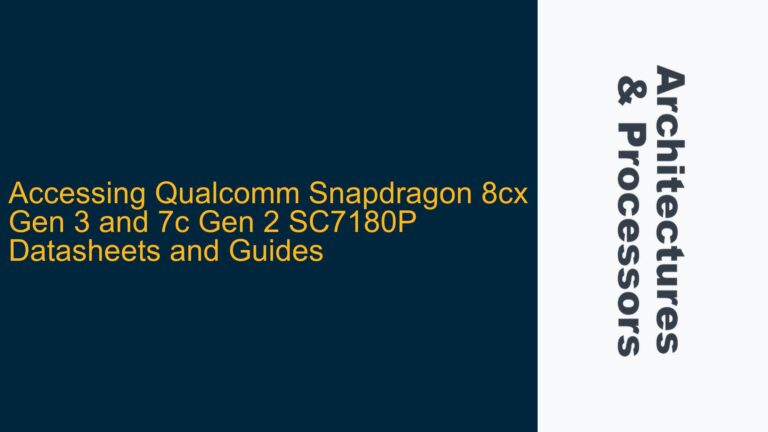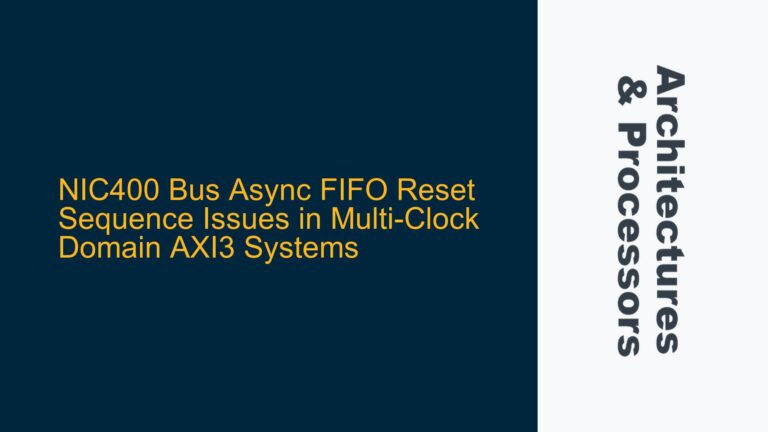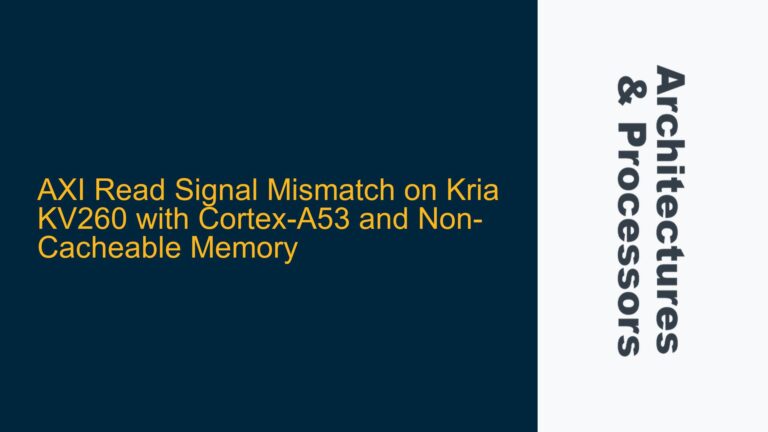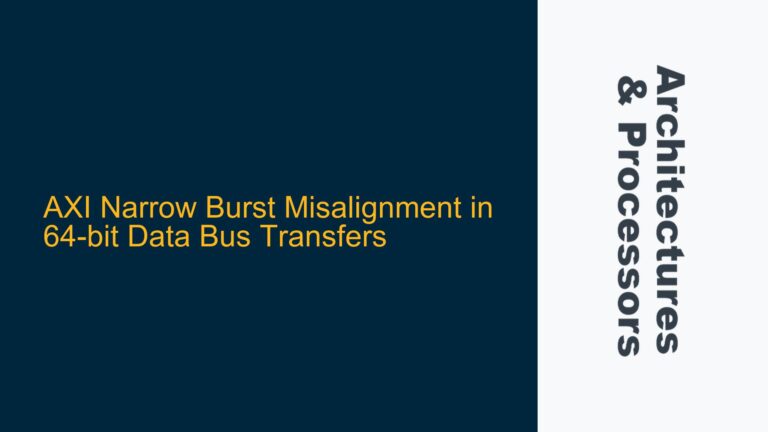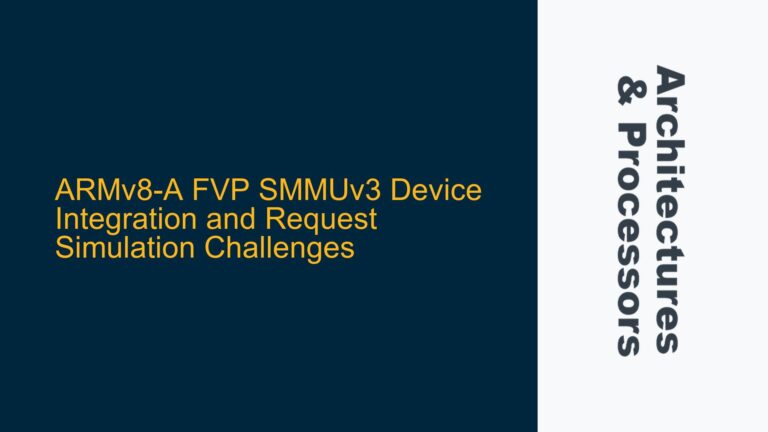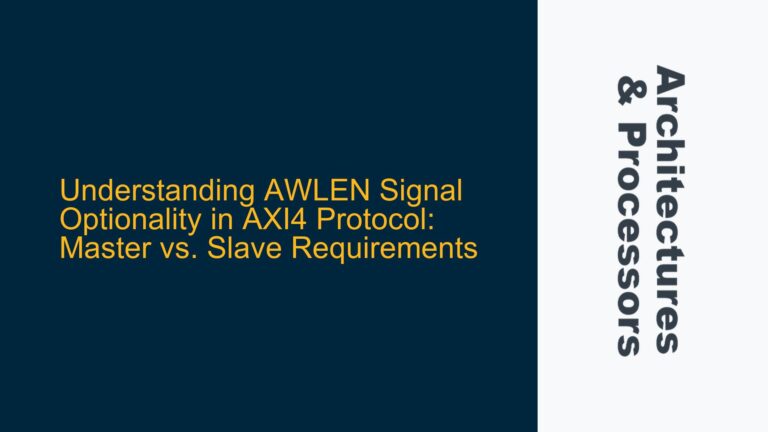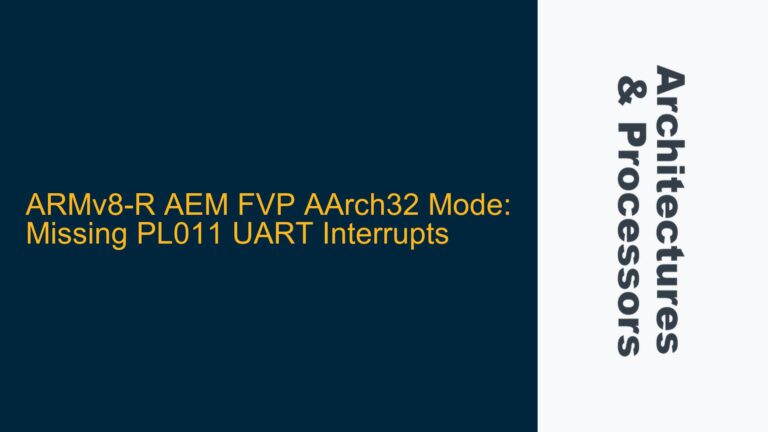PCI and AHCI Configuration Issues in ARMv-A Base RevC FVP with SATA Disk Mounting
ARMv-A Base RevC FVP PCI and AHCI Initialization Failures The ARMv-A Base RevC FVP (Fixed Virtual Platform) is a powerful tool for simulating ARM-based systems, enabling developers to test and validate their designs before committing to silicon. One common use case involves configuring PCI and AHCI controllers to mount a SATA disk for external storage….

